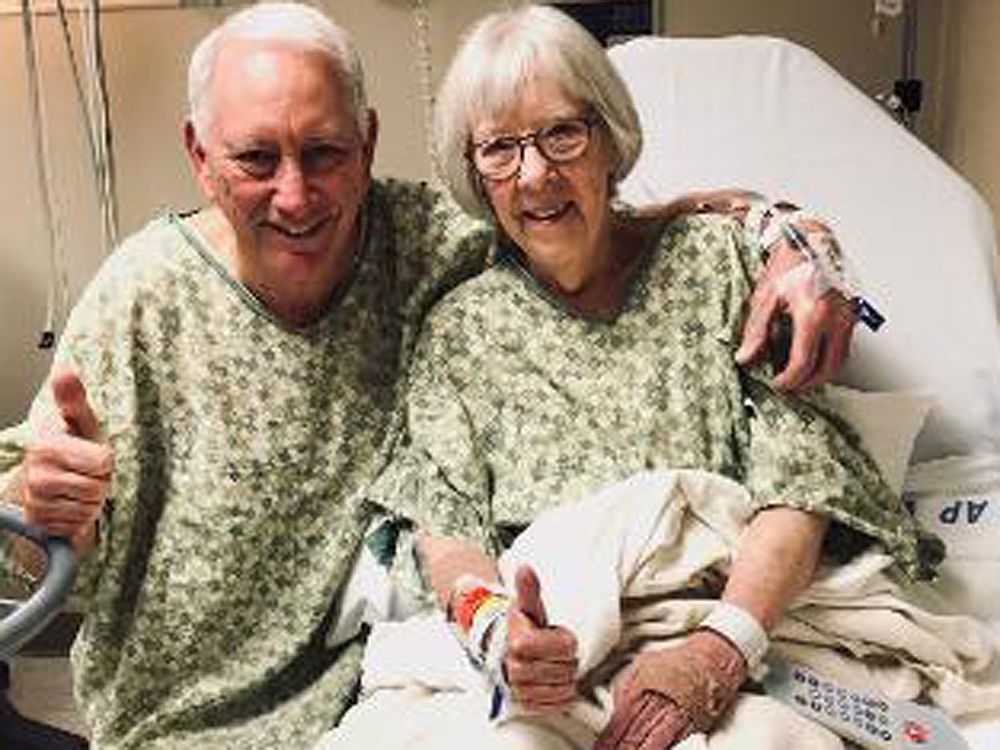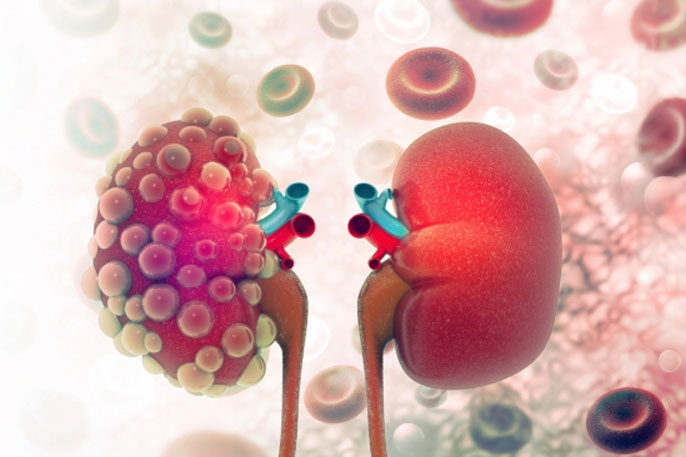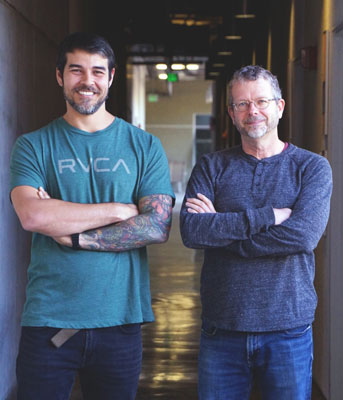Dialysis
From South China Morning Post, by
Minghe Hu in Beijing and
Coco Feng
Singaporean start-up’s portable ‘kidney’ could shrink dialysis machines, giving patients their freedom back
AWAK chief executive Suresha Venkataraya showcases the wearable artificial kidney in Beijing in December 2019. Photo: SCMP/ Coco Feng
For the past seven years, 70-year-old Singaporean Julia Lee has rarely travelled overseas. Her most recent trip was one night away, in neighbouring Malaysia.
Since being diagnosed with kidney disease, Lee has spent 10 hours each day hooked up to a 20-kilogram machine, making it difficult to move around.
Chronic renal disease results in a loss of kidney function, meaning the patient’s body is unable to clear the blood of waste and excess fluids. Dialysis – the treatment Lee goes through which involves machines removing excess water and toxins from the patient’s blood – is the only option for those whose kidneys are no longer able to perform their function, save for a kidney transplant. Some like Lee, whose heart problems make her unsuitable for a transplant, have to rely on the treatment permanently.
“If there was a portable device that could be carried around and used at home, it would be more convenient for me,” Lee said. “Maybe I would be able to travel more.”
But a Singaporean company is offering new hope with its work on a portable artificial kidney weighing just 2 to 3 kilograms, as advances in technology begin to drive more human and machine interaction in health care.
Founded in 2007, AWAK Technologies is among a group of start-ups worldwide – including Sweden's Triomed, US firm Wearable Artificial Organs and Dutch start-up Nanodialys – that are looking into ways to make wearable dialysis machines.
AWAK is the only one from Asia, and it has made some headway in gaining recognition from both regulators and investors.
A year ago, its portable artificial kidney was granted “Breakthrough Device Designation” by the US Food and Drug Administration (FDA), a qualification that could expedite the development and review of certain medical products.
The start-up also recently raised US$40 million in a series A1 fundraising round co-led by Vickers Ventures Partners and an unnamed global medical product company. Other investors include medical technology manufacturer Advanced MedTech and the investment arm of government agency Enterprise Singapore, SEEDS Capital.
The artificial kidney, worn externally, consists of a permanent pump and a disposable cartridge that acts as an advanced filter to clear toxins from the body.
Like the machine Lee uses, AWAK’s device carries out peritoneal dialysis (PD), one of two main types of dialysis. PD involves a solution being injected into the abdominal cavity to absorb waste products and toxins before being removed. The other main type of dialysis, haemodialysis (HD), involves extracting the patient’s blood, cleaning it and returning it to the body.
Despite its smaller size compared to regular PD machines, AWAK's device can be used for seven to 10 hours a day. It only holds 250 millimetres of fluid but the cartridge can clean the toxin-laden fluid after it is extracted from the patient's body and push it back repeatedly, processing about two litres of the solution each hour.
Although the company said it has not studied the efficiency of this system compared to conventional PD devices yet, the one Lee uses processes half a litre of solution per hour and has to hold a larger amount of fluid as it cannot be reused.
There is a large potential market for AWAK’s product: about 2.6 million people worldwide underwent dialysis in 2010, and the population is projected to double by 2030, according to a 2015 Lancet study.
To be sure, the new device still has some limitations. Although AWAK enables patients to work, attend school and go shopping more easily than before, possible contamination from the environment remains a concern.
As with conventional PD treatment, patients will need to find a clean place to reduce the risk of contamination, according to Sydney Tang, a professor of renal medicine at the University of Hong Kong.
However, as there are no more connections between the patient’s body to the device than conventional PD, “the risk of contamination should not be higher” theoretically, he said.
According to AWAK chief executive Suresha Venkataraya, the device tested safe in the most recent clinical trial in 2018, although this was conducted in a controlled environment in the Singapore General Hospital and patients were not allowed to leave the centre.
The company hopes to conduct further trials in about 12-18 months with the aim of getting government approval in Singapore, Venkataraya said, adding that one of its biggest challenges was recruiting patients for the trials.
If its upcoming trials are successful, AWAK could be the first to successfully launch a portable PD machine of this kind. But several of its competitors may also be close: a spokesman from Nanodialysis said that the company expects to launch its wearable PD device in 2022, first in Europe and then in Asian countries like Japan and China as well as the US, while Triomed completed a trial of wearable PD devices with five patients in 2018.
Lee said she would be excited about a portable dialysis device but price is a concern. The monthly cost of her current treatment, including machine rental and the dialysis fluid, is S$2,000 (US$1,480). This is mostly covered by national health care programmes as well as subsidies from the non-profit Kidney Dialysis Foundation, she said.
The price of the AWAK device has not been determined, although Venkataraya said the company wants to make sure that the cost can be covered by medical insurance in each market.
After launching in Singapore, AWAK hopes to introduce the device in Hong Kong, Australia, Europe and the US, Venkataraya said, adding that Singapore and the European regulators generally approve products faster than the US FDA. AWAK still does not have a clear timeline for the US market, where it can take an average of three to seven years for a medical device to clear regulatory scrutiny and launch.
On the company’s choice of its first market, Venkataraya said that while Singapore is not big, it does have high population density “where in one or two hospitals, you can find many patients and a lot of support”.
Government support was also a factor: “The National Medical Research Council gave us a grant for the trial and Enterprise Singapore also gave us early grants and funding which we really needed. So the whole ecosystem was very supportive,” he added.
From Eureka Press, UNIVERSITY OF LIMERICK
UL study reveals 'identical' survival for kidney dialysis patients using different treatments
Research carried out at University of Limerick has shown that life expectancy outcomes for two of the most common forms of kidney dialysis treatment are "virtually identical".
In the largest study of its kind, researchers from the Graduate Entry Medical School (GEMS) at UL compared the survival of patients with kidney failure that were treated with either peritoneal dialysis (PD) or haemodialysis (HD) at a dialysis centre, two of the most common forms of available treatments.
The researchers found that the survival of new patients with kidney failure was similar irrespective of treatment type - PD or in-centre HD - and have recommended that this new knowledge be incorporated into policy documents to enable patients and their providers make the best decisions on optimal treatments.
Prior to the study, questions had been raised by the scientific community as to whether one form of dialysis was superior to another in terms of survival benefit. This answer to this question is of "huge significance" according to Professor Austin Stack, Foundation Chair of Medicine and Lead Investigator for the Kidney Research Consortium at UL.
"There has been huge debate on this issue, as they are very different treatments for kidney failure," said Professor Stack.
"Defining whether one treatment confers a survival advantage over another for patients who develop kidney failure is of utmost importance. We have shown in this study that the life expectancy was virtually identical on either of these therapies. This is hugely important as it means that patients have a choice," he added.
The systematic review, a pooled meta-analysis of 17 cohort studies with over 113,000 dialysis patients between 1993 to 2014, was conducted by the research team at UL in association with the Departments of Nephrology and Internal Medicine at University Hospital Limerick, and the findings have just been published in the international journal Nephrology, Dialysis and Transplantation.
"Prior studies on this topic have yielded conflicting results," according to Dr Mohamed Elsayed, the primary author of the study, Research Fellow and Specialist Registrar in Nephrology.
"Indeed, when we looked at the available international literature, we found that the results tended to vary by country, and according to the year the study was carried out. One potential reason for this is that patients who are selected for PD differ from those who are selected for HD, and that practice patterns tend to vary across countries.
"The ideal method for comparing the survival of these two treatments would be a randomised controlled clinical trial but unfortunately due to logistical challenges and recruitment difficulties investigators have failed in the past to successfully complete such trials.
"The next best method is to use an approach that carefully considers the differences between PD and HD and conduct comparisons using what is called a propensity-score matched approach. Such a comparison allows us compare the treatments take into account baseline differences between the patient groups," he added.
The study pooled together the results from research that used a propensity-based approach and found that patients who began dialysis either with in-centre HD or PD experienced similar survival (Hazard Ratio 1.06, 95% Confidence interval 0.99 to 1.14). The findings were remarkably similar for patients with and without diabetes and were consistent across studies that included European, North American and Asian Cohorts.
Despite the overall similar survival between PD and HD, it did uncover important differences from country to country and across different time periods. Importantly, it also found that the survival of PD was better than that of HD in more recent time periods (after 2007).
These research findings have important implications, according to Professor Stack, on how we manage patients with imminent kidney failure approaching dialysis.
"All else being equal, both of these therapies are effective at extending patient survival, and thus the conversation with patients should revolve around which of these treatments is the most suitable treatment from a lifestyle and quality of life perspective," he explained.
"Globally, the rates of use of PD are substantially lower than those of HD, with less than 10% of dialysis patients receiving PD as a maintenance treatment. In the United States, around 10% of dialysis patients are receiving PD with the majority treated with HD. Similarly, in Ireland, the rates of PD use are remarkably low, with only 9.5% of patients utilising PD leaving room for improvement.
"Peritoneal dialysis is a form of dialysis that be provided in one's home, and lead to better quality of life and greater independence. Economically, PD is the cheaper form of therapy compared to in-centre HD with costs that are on average €20,000 lower.
"Given that PD has at least similar survival to HD, and the fact that PD is more cost effective, and leads to better preservation of lifestyle, we advocate that PD should be encouraged as a first-line therapy for many patients with approaching kidney failure," he added.



